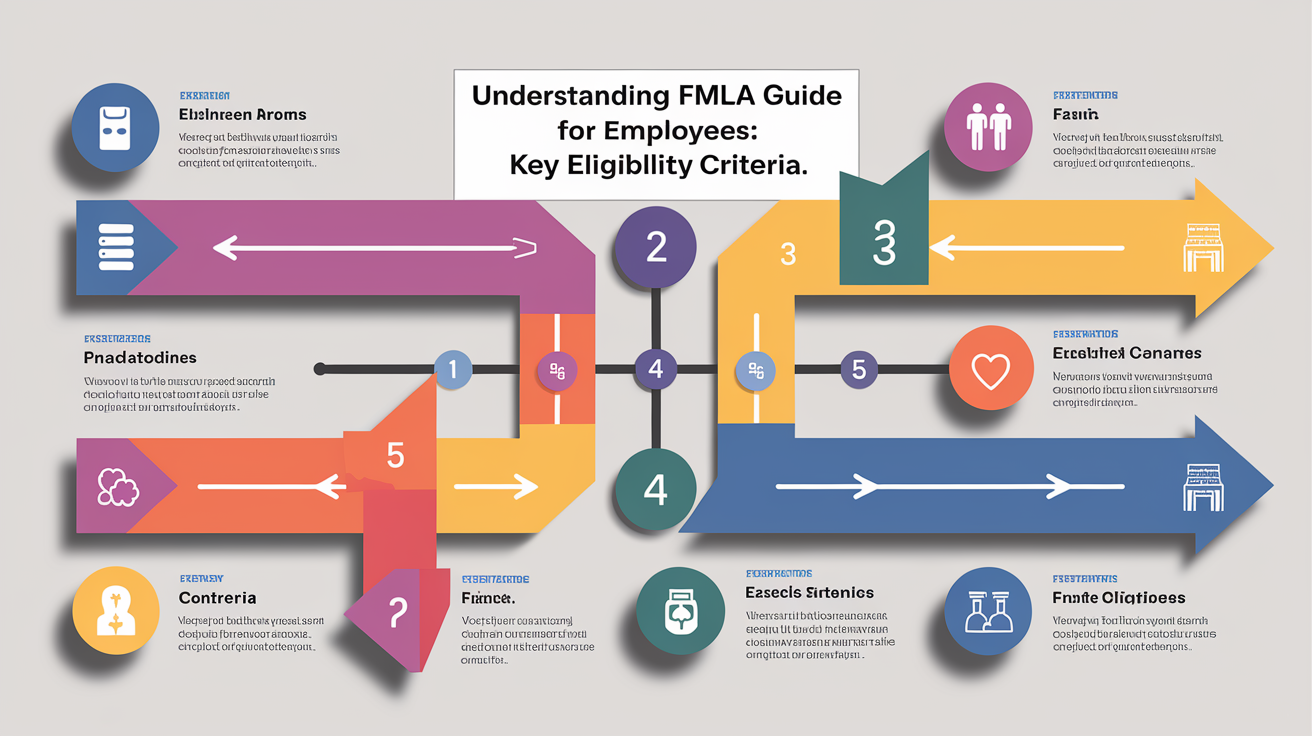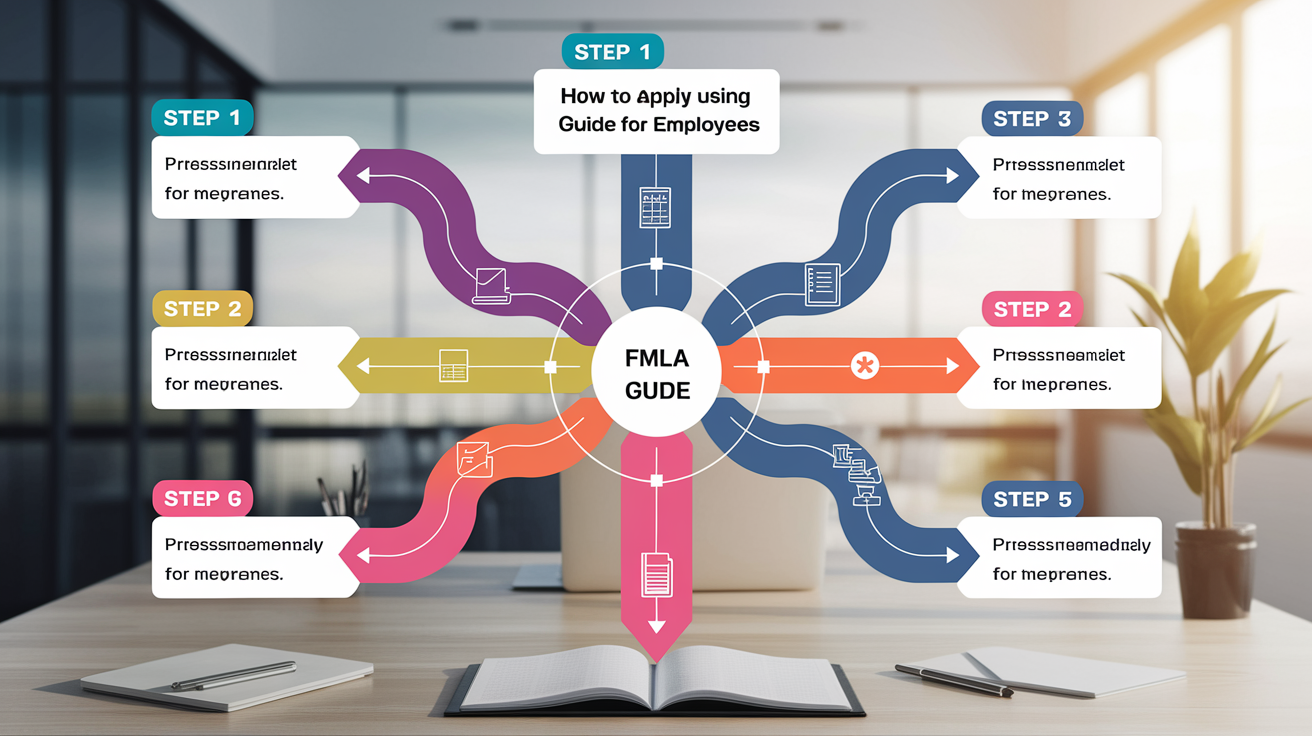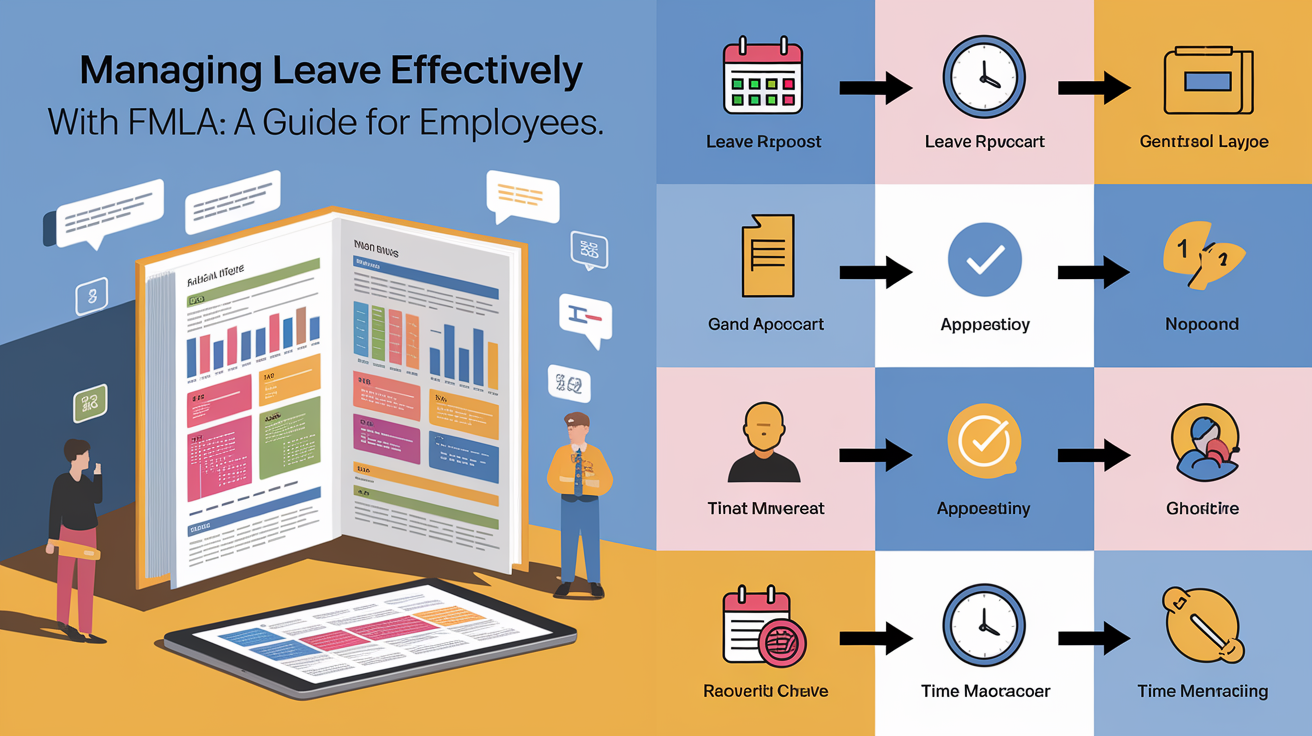Understanding fmla-guide-employees: Key Eligibility Criteria
Eligibility under the Family and Medical Leave Act (FMLA) can feel intimidating at first — like standing at the bottom of a mountain with no climbing gear. But once you understand the path, each step becomes manageable.
The FMLA is a federal law designed to grant eligible employees up to 12 weeks of unpaid, job-protected leave each year for defined family and medical reasons. To qualify, you must satisfy specific conditions spelled out by the U.S. Department of Labor and related federal agencies.

- Covered employer: You must work for a private employer with at least 50 employees, a public agency, or a public or private school.
- Length of service: At least 12 months of employment (not necessarily consecutive).
- Hours worked: At least 1,250 hours in the 12 months before leave.
- Work location: Your worksite must have at least 50 employees within 75 miles.
Certain federal employees have unique criteria detailed in the Office of Personnel Management guidance. Intermittent or temporary employees under a year typically aren’t eligible.
Qualifying reasons for leave include your own serious health condition, welcoming a new child (by birth, adoption, or foster care), caring for a serious health condition in an immediate family member, or urgent needs related to a family member’s military duty. You can see a full outline in the comprehensive employee FMLA guide.
How to Apply Using fmla-guide-employees
Applying for FMLA leave is more like preparing for a trip with multiple checkpoints than making a single call. You have to know the route and gather important documents along the way.

- Give notice: If possible, provide 30 days’ notice before your leave starts. For emergencies, notify your employer as soon as possible.
- Request in writing: Clearly state your need for leave, the reason, and expected dates.
- Provide medical certification: Your employer can require a health care provider’s statement verifying the need for leave. Use official FMLA certification forms if requested.
- Await employer response: Employers must inform you whether you are eligible and, if so, detail your rights and protections.
Tip: Keep copies of every document you submit or receive. Think of certification forms as your boarding passes — without them, your journey could be delayed or denied.
Managing Leave Effectively with fmla-guide-employees
Time away from work can be both a relief and a logistical challenge. The key lies in balancing your health or family needs with your responsibilities to your employer.
First, clarify whether your leave will be taken in one continuous block or intermittently. Intermittent leave — taking leave in separate blocks — can help accommodate ongoing treatments or fluctuating health conditions.

To manage your leave effectively:
- Stay in communication with your employer about any changes to your leave duration.
- Track your usage of the 12-week allotment — especially if using intermittent leave.
- Understand whether your employer requires you to use accrued paid leave (e.g., vacation or sick days) concurrently with FMLA leave.
- Monitor your health insurance coverage during leave. The law requires your employer to maintain it under the same terms as if you were working, but you must pay your share of premiums.
According to Department of Labor data, most eligible employees return to work after leave without a loss in pay or benefits, provided they stay within their allotted timeframe and comply with requirements.
Returning to Work Post-Leave: fmla-guide-employees Best Practices
Coming back to work after FMLA leave can feel like stepping back onto a moving train. There’s momentum, change, and the need to find your balance quickly.
To smooth the transition:
- Confirm return date: Communicate with your employer well before your return to avoid surprise scheduling conflicts.
- Provide fitness-for-duty certification: If your leave was for your own serious health condition, your employer may require confirmation from your health care provider that you can resume work.
- Reacquaint yourself with updates: Catch up on any procedural, staffing, or project changes that occurred during your absence.
- Address gradual return options: If needed, discuss a phased return or modified duties.
Your rights ensure you are reinstated to your original job or an equivalent role with equal pay, benefits, and work conditions — unless you fall under narrow exceptions like the “key employee” clause outlined in the official guide.
Benefits of fmla-guide-employees for Employees
The heart of FMLA is protection. It safeguards your job during times when health or family care must come first.
Key benefits include:
- Job security: Your role or an equivalent one awaits you after leave.
- Health insurance continuity: Your employer must maintain coverage under the same terms during your leave.
- Flexibility: Options for intermittent or reduced schedule leave to meet medical needs.
- No retaliation: Legal protection if you assert your rights.
In practice, FMLA is not about taking time off — it’s about preserving your livelihood while you focus on healing, bonding with a new child, or supporting a family member. This balance is why the employee guide to FMLA exists — so you can navigate the process informed and supported.















